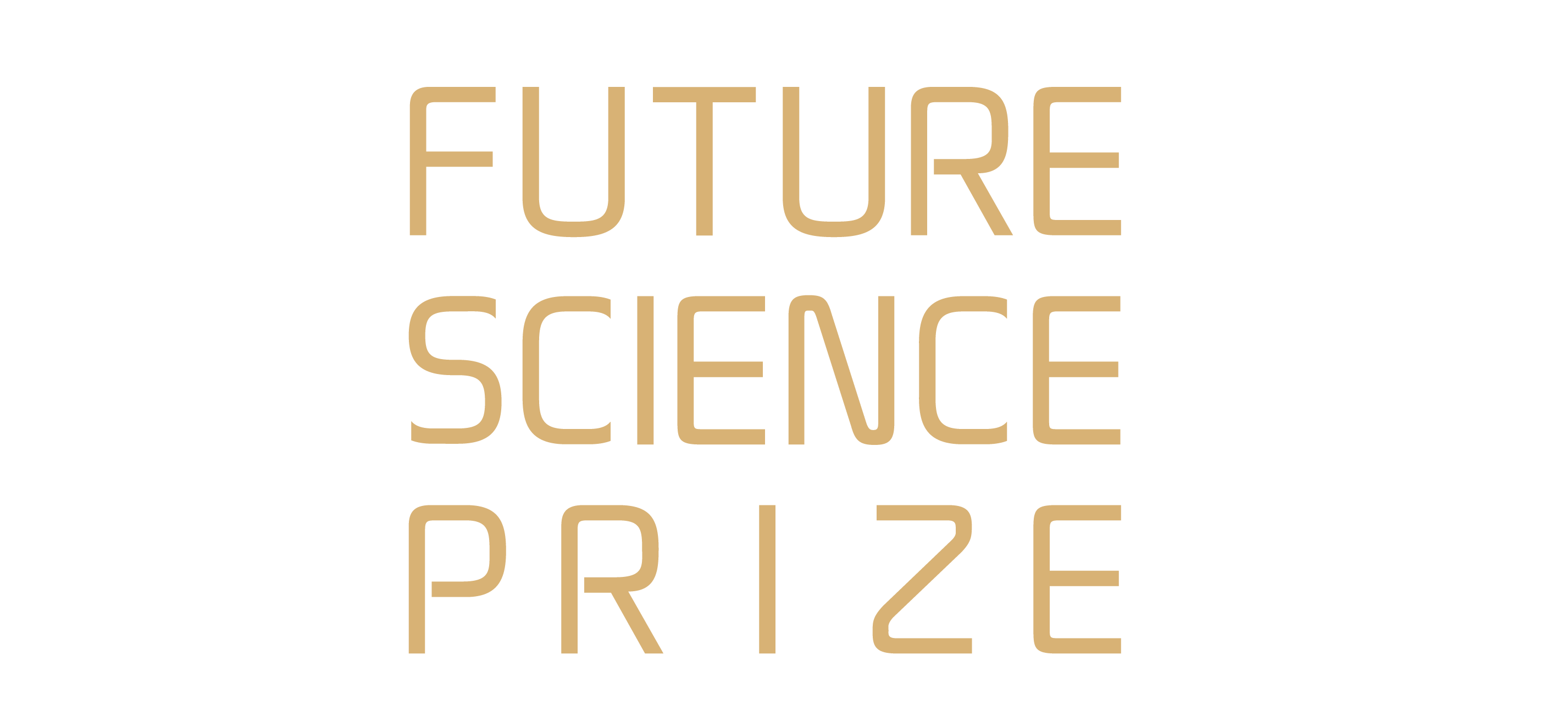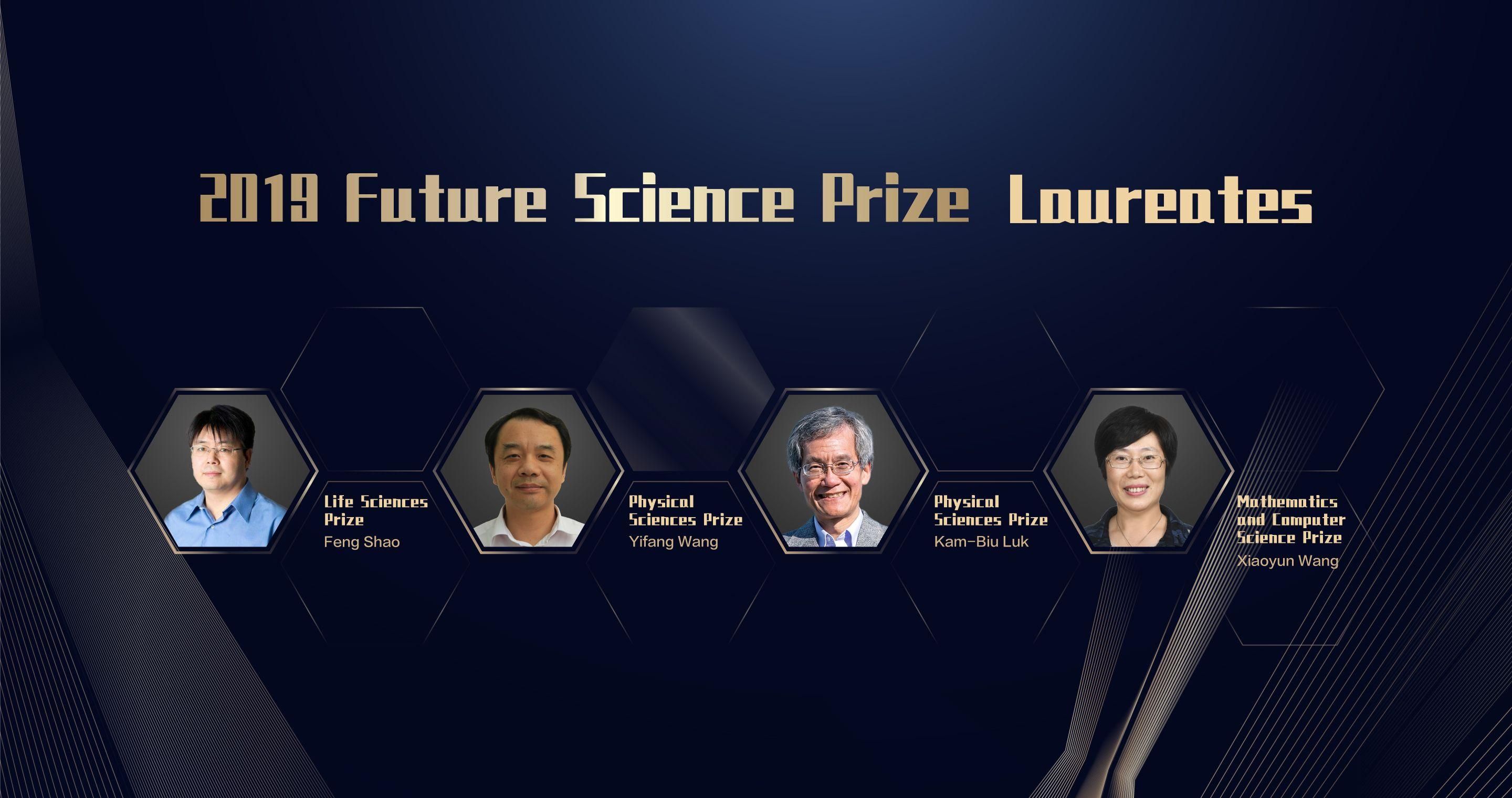
Future Science Prize Committee announced the winners of 2019 in Beijing on September 7.
Prof. Feng Shao won the Prize in life sciences for his seminal discoveries of cytosolic LPS receptors and downstream effectors in inflammatory responses to pathogenic bacteria. Prof. Yifang Wang and Prof. Kam-Biu Luk won the Future Science Prize in physical sciences for the experimental discovery of a new type of neutrino oscillations, which opens the door for new physics beyond the Standard Model of particle physics, particularly for new CP violation which could be the key to understanding the matter-antimatter asymmetry in the Universe. Prof. Xiaoyun Wang won the prize in mathematics and computer science, for her seminal contributions to cryptography by innovating cryptanalysis methods to reveal weaknesses of widely used hash functions, which have enabled new generation of cryptographic hash function standards.
2019 Future Science Prize - Life Sciences Prize
Feng Shao
National Institute of Biological Sciences, Beijing, China
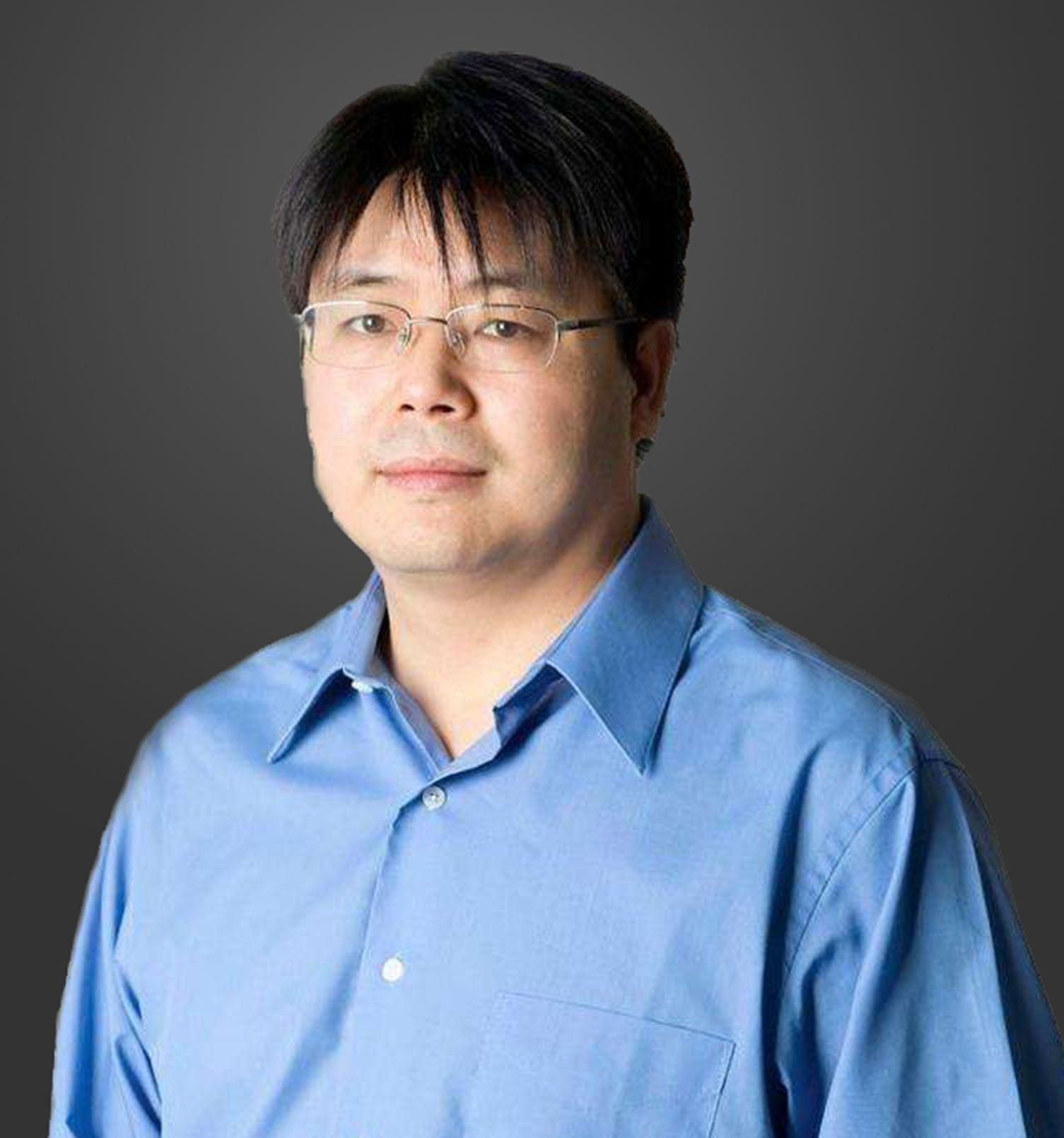
Human bodies normally carry 100 trillion bacteria. Most of them live symbiotically to help us digest food and defend against other harmful microbes including bacteria that can cause disease when grown out of control. How the body’s immune system distinguishes between beneficial and harmful bacteria and mount immune response are central questions in biological research. In the past ten years, Dr. Shao’s laboratory has provided comprehensive answers by identifying several cytosolic pattern recognition receptors (PRRs) that specifically recognize the invading bacteria and by revealing the molecular mechanisms through which host cells mount inflammatory responses. Most notable was the discovery of the inflammatory proteases caspase-4 and -5 as the intracellular receptors for endotoxin LPS of gram-negative bacteria. The direct recognition of LPS by caspase 4/5 triggers host immune reaction by activating cytokines. In addition, Dr. Shao’s laboratory as well as Dr. Vishva M. Dixit’s laboratory discovered gasdermin D as a substrate of caspase 4/5, whose cleavage triggers pyroptosis. Therefore, Dr. Shao’s studies not only shed new light on our understanding of innate immune mechanisms, but also paved the way for designing potential new therapeutic strategies or vaccines for hard-to-treat bacterial infections and related diseases.
2019 Future Science Prize - Physical Sciences Prize Winners
Yifang Wang
Institute for High-Energy Physics, Chinese Academy of Science
Kam-Biu Luk
University of California, Berkeley and Lawrence Berkeley National Laboratory
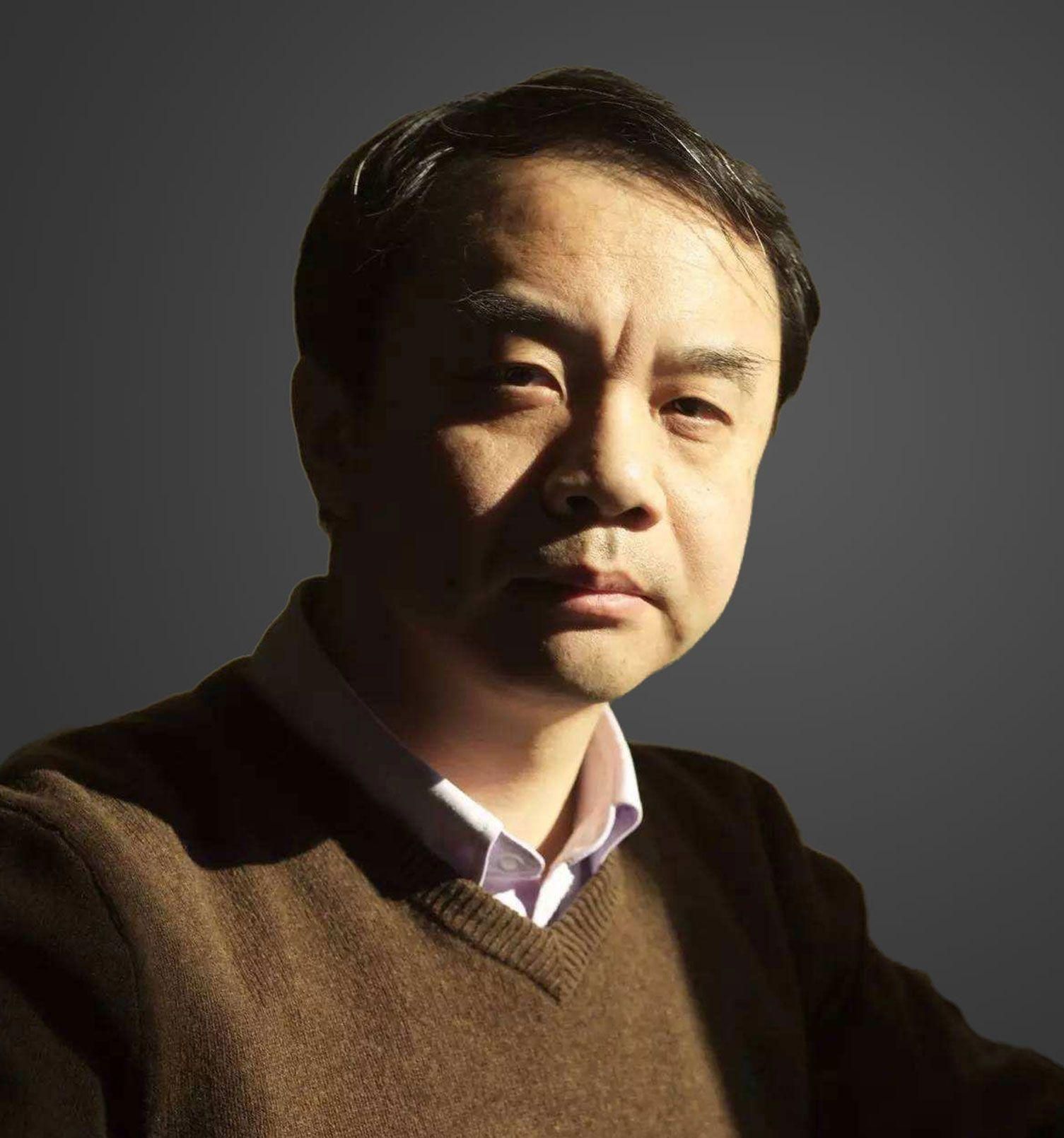
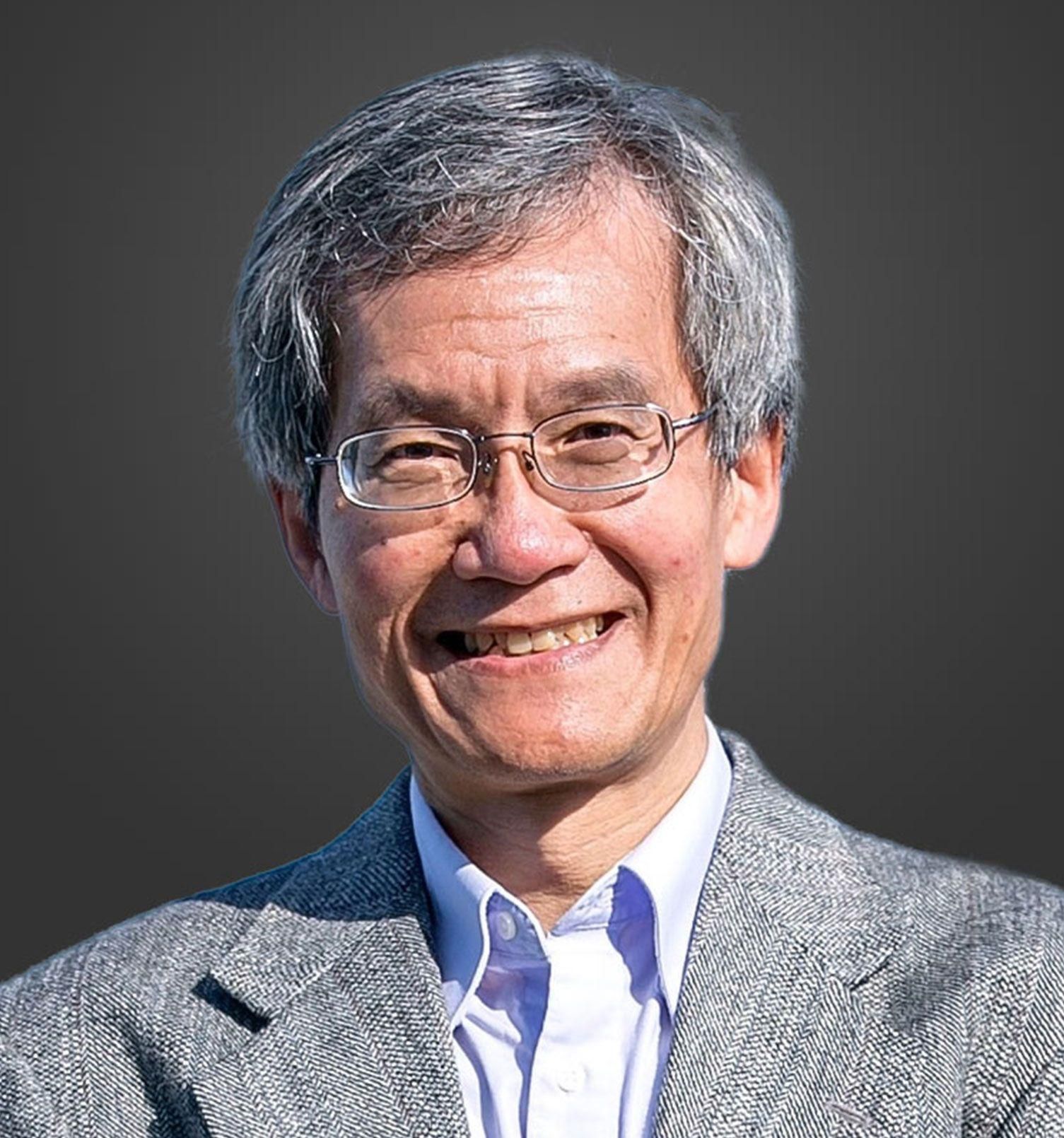
Drs. Yifang Wang and Kam-Biu Luk, who led the Daya Bay Reactor Neutrino Experiment, discovered a new type of neutrino oscillation. The disappearance probability of the electron anti-neutrinos from the Daya Bay reactors due to this oscillation was precisely determined. The establishment of this new oscillation pattern indicates that neutrinos oscillation may violate a combined Charge-Conjugation and Parity (CP) symmetry. Physicists believe that a new type of CP-violating process is needed to explain the matter-antimatter asymmetry in the Universe.
Neutrinos are elementary particles with feeble interactions produced in nuclear decays and reactions. Around the turn of the century, Japanese and Canadian physicists discovered two types of oscillations among the three known neutrinos, indicating their non-zero mass and new physics beyond the Standard Model of elementary particles. Their discoveries were awarded 2015 Nobel prize in physics.
However, the theoretically-possible third type of oscillation is particularly interesting, because it indicates that neutrinos oscillation can violate the CP symmetry. However, in the first decade of this century, physicists believed that the third type of oscillations should be very small or even vanish. Despite this, physicists from France, South Korea, United States and China all proposed experiments to measure it, hence started a new race for discovery.
Yifang Wang and Kam-Biu Luk found that the Daya Bay reactor’s high power and its surrounding mountains are the best combination for this measurement. Through a serious of technical breakthroughs, including designing and constructing identical detector modules to cancel systematic uncertainties, developing chemically-stable liquid scintillator with Gd doping, and deploying highly-efficient cosmic ray veto, the Daya Bay experiment is the most sensitive among all competing experiments. In March 2012, the Daya Bay collaboration announced the first discovery of the third type of neutrinos oscillations, which was confirmed by the RENO experiment in Korea a month later.
The establishment of this new neutrino oscillation set the new research directions in the new generation of neutrino experiments. New international projects including measuring the neutrino mass ordering and CP violation are all designed based on the Daya Bay results. The discovery by Drs. Wang and Luk will influence the future of particle physics for a long time to come.
2019 Future Science Prize - Mathematics and Computer Science Prize
Xiaoyun Wang
C.N. Yang (杨振宁) Professor, Institute for Advanced Study, Tsinghua University
Professor, School of Cyber Science and Technology, Shandong University
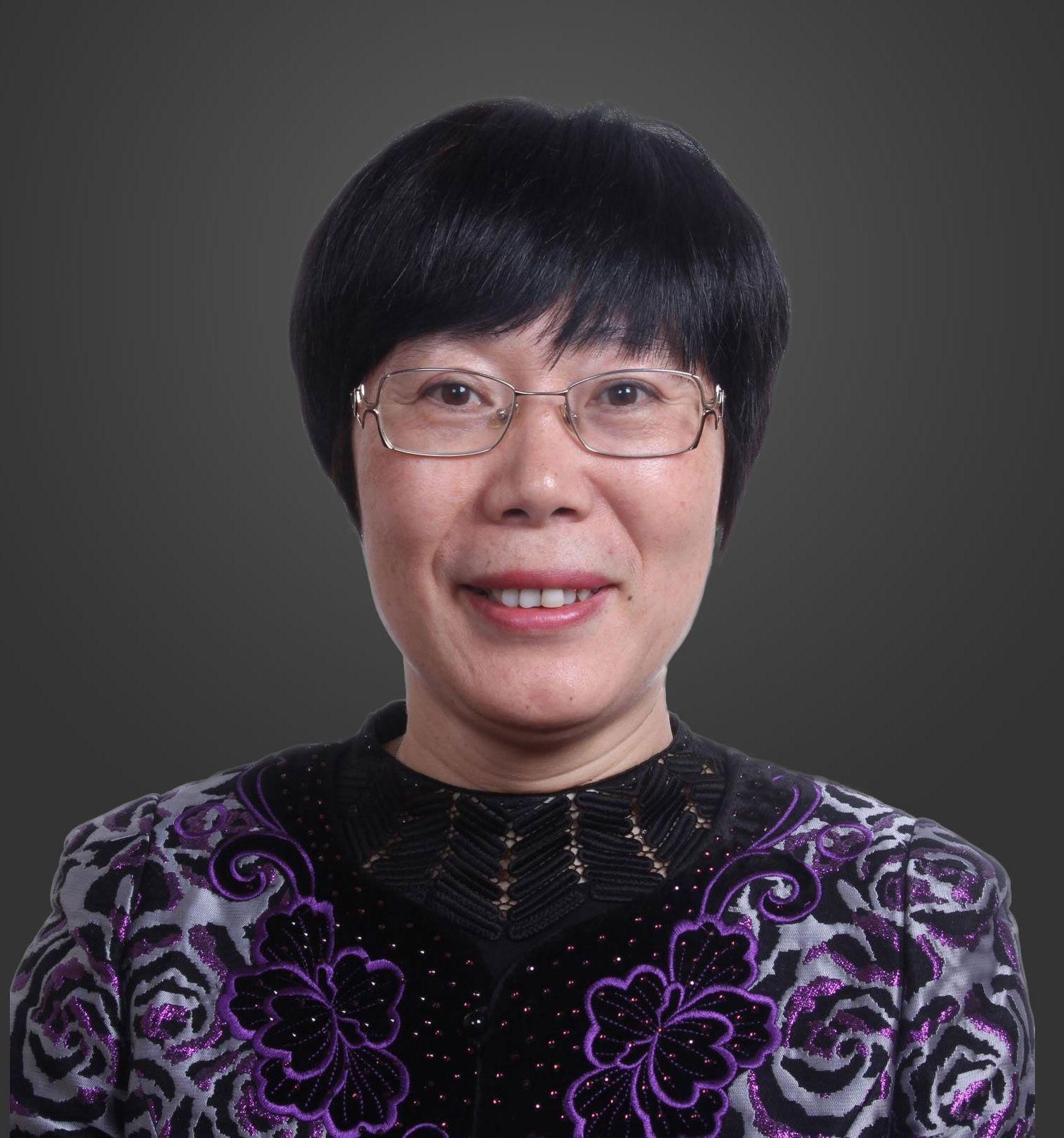
Cryptographic hash functions are at the core of many, if not most, applications of cryptography such as digital signature schemes, Secure Sockets Layer (SSL), password validations, web certificates, information integrity, and block-chain. A cryptographic hash function takes some data as input and outputs a short digest, with an important property that is hard to find a “collision” or two pieces of distinct input data that hash to the same digest. If one could find a collision of a cryptographic hash function easily, all applications using it would be considered insecure.
Prof. Xiaoyun Wang developed a series of powerful cryptanalysis methods, especially bit-based modular differential cryptanalysis, for cryptographic hash functions. Her methods showed the fatal weaknesses of many previously considered secure cryptographic hash function standards, and revolutionized how to analyze and design new-generation standards. In 2004, Prof. Wang presented a novel analysis method called bit-based modular differential cryptanalysis, and demonstrated true collisions of MD5, a widely used cryptographic hash function for over a decade. This was a surprise result in the cryptography community at the time as MD5 had withstood over a decade of attacks from many other cryptographers. In 2005, she and her coauthors extended the method to attack several other well-known hash functions including MD4, RIPEMD, and HAVAL-128. In the same year, she and her collaborators published an approach to show that it was possible to find collisions of SHA-1, another widely used cryptographic hash function standard, with 2^69 and then further reduced to 2^63 operations. Previously, most researchers were convinced that it was not feasible to find collisions with fewer than 280 operations. While it was too costly in 2005 to carry out their attacks on SHA-1 in practice, others successfully executed attacks on SHA-1 on the Google cloud 12 years later using a method that built on Prof. Wang’s approach.
Her work triggered the phase out of MD5 and SHA-1 hash functions from almost all software systems including the largest software systems such as Windows and Linux. Her work also propelled and helped the development of new-generation of cryptographic hash functions including SHA-3, BLAKE2 and SM3. Prof. Wang herself led the design of SM3, a Chinese national standard which has been widely used by many Chinese software products since 2010.
The Future Science Prize is a privately-funded science award initiated by a group of scientists and entrepreneurs. It was established in 2015 to award those scientists whose original research, conducted mainly in the Mainland of China, Hong Kong, Macao, or Taiwan, has made a significant impact on the international science community, and has passed the test of time, regardless of their nationality, gender, or age. Through promoting basic research and scientific talents in the region, the hope is to inspire society’s love for science, respect for scientists, and attention to scientific and technological developments.
The nomination and selection process of the Prize was established in according with the Nobel Prize system: the Science Committee of the Future Science Prize invites international experts as nominators. After receiving confidential nominations, the committee solicits evaluation letters from international experts in the relevant fields of the nominated work. Basing on the evaluations, the committee then votes to select the final award winners. A regulatory committee is established, consisting of law school professor Xiqing Gao from the University of International Business and Economics and KPMG, and supervises the entire award selection process.
The current Science Committee consists of 21 leading scientists: the Life Science Prize committee includes Xinnian Dong from Duke University,Chuan He from University of Chicago,Yong-Jun Liufrom Sanofi Group,Liqun Luofrom Stanford University,Yi Raofrom Capital Medical University, Xiaodong Wang from Beijing National Institute of Biological Sciences,and Xiaowei Zhuang from Harvard University; the Physical Science Prize committee includes Zhenan Bao from Stanford University,Shude Mao from Tsinghua University,Xiangdong Ji from Shanghai Jiao Tong University,Xiao-Gang Wenfrom Massachusetts Institute of Technology,Qikun Xue from Tsinghua University,Peidong Yang from University of California, Berkeley, and Jin-Quan Yu from Scripps Research Institute; the Mathematics and Computer Science Prizecommittee includes Mau-Chung Frank Chang from University of California, Los Angeles, Fei-Fei Li from Stanford University, Kai Li from Princeton University, Jian-Shu Li from Hong Kong University of Science and Technology, Chi-Wang Shu from Brown University, Jeff Xia from Northwestern University, and Shou-Wu Zhang from Princeton University.
The cash award for the Future Science Prize in each category is 1 million US dollars (approximately 7.2 million Chinese Yuan), each donated by four individual philanthropists. The donors for the Life Science Prize are James Ding, Robin Li,Neil Shenand Lei Zhang. The donors for the Physical Science Prize are Feng Deng, Yajun Wu,Ying Wuand Bob Xu. The donors for Mathematics and Computer Science Prize are William Ding,Jason Jiang,Pony Maand Victor Wang.
The award ceremony of the 2019 Future Science Prize will be held in Beijing on November 17th, the final day of the Future Science Prize Week.(end)
